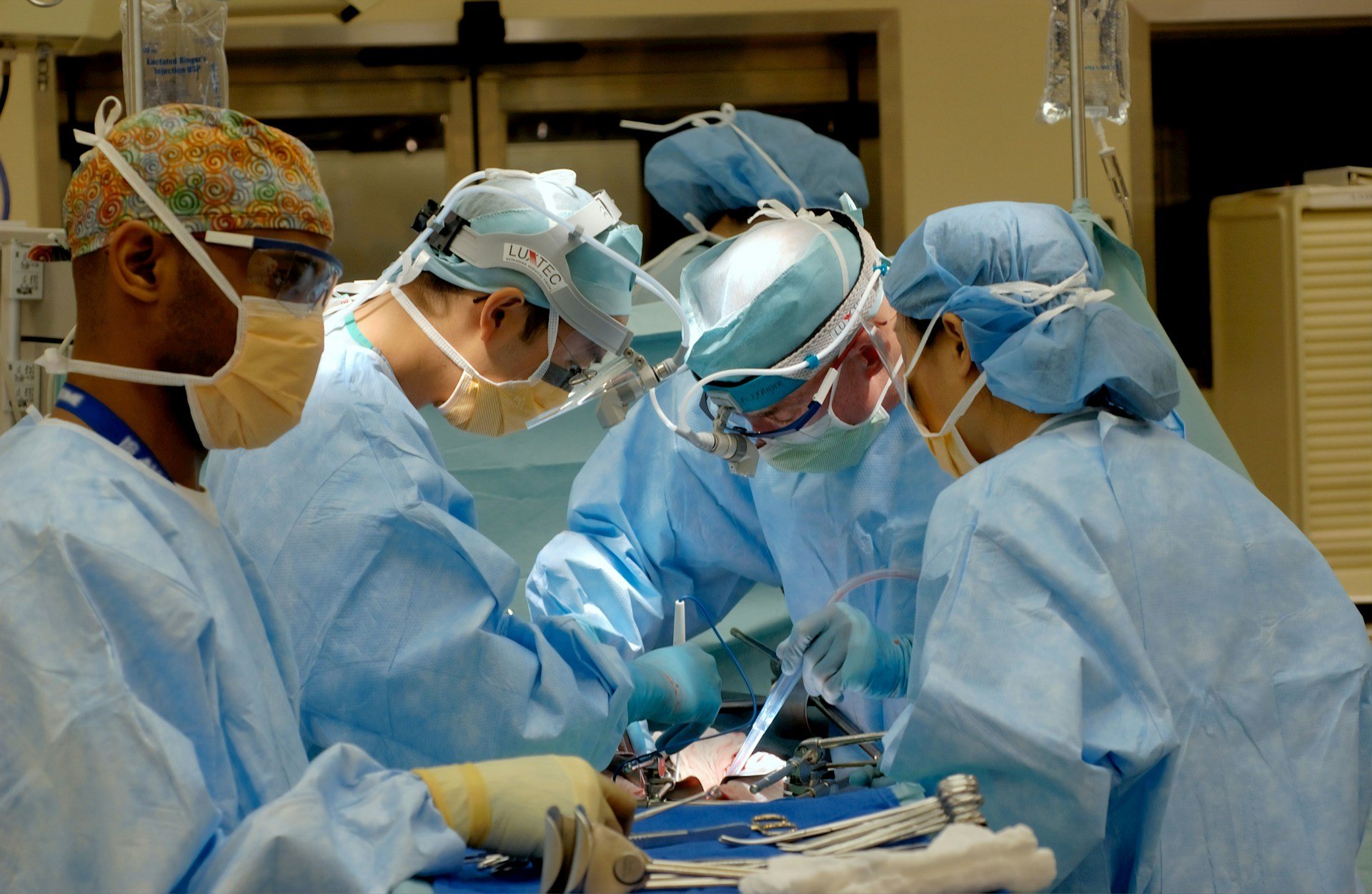
OSTEOARTHRITIS OF THE HAND
Hand Osteoarthritis Treatment in Galway | Arthritis Care
When the hand is affected by arthritis, normal daily activities can become difficult. Osteoarthritis (OA) is one of the most common causes of pain and stiffness in the hand. The most common joints affected are the distal interphalageal joint (closest to the fingernail), the joint at the base of the thumb and the metacarpal phalangeal joint (at the knuckle).
It is a progressive condition and usually caused by “wear and tear”. In Osteoarthritis, the smooth gliding surface provided by cartilage that covers the ends of the bones is eroded or lost. This leaves the bare bones to rub against each other, causing pain.
What are the symptoms of Osteoarthritis?
Pain and stiffness are the most common symptoms of hand OA. Pain is usually worse in the morning and may feel like a dull ache or burning sensation. Gripping and grasping become more difficult, interfering with daily activities. There might also be swelling and warmth in the affected joints, caused by the body’s inflammation response. Occasionally, there is a sensation of grating or grinding.
How is Osteoarthritis of the hand diagnosed and treated?
Diagnosis begins with a thorough physical examination of the hand. X-rays and other diagnostic tests may be required. Treatment depends on the severity of the condition and is patient specific. Fortunately, there are many treatment options available, both non-surgical and surgical, that can reduce pain and restore movement.
Our surgeons are firm believers in using conservative, non-operative treatment plans before considering surgery. For hand OA, these might include medication, splinting, hand therapy, ergonomic modifications, and lifestyle changes. Where pain is severe and impacting on a patients quality of life, joint replacement surgery is an excellent option.
